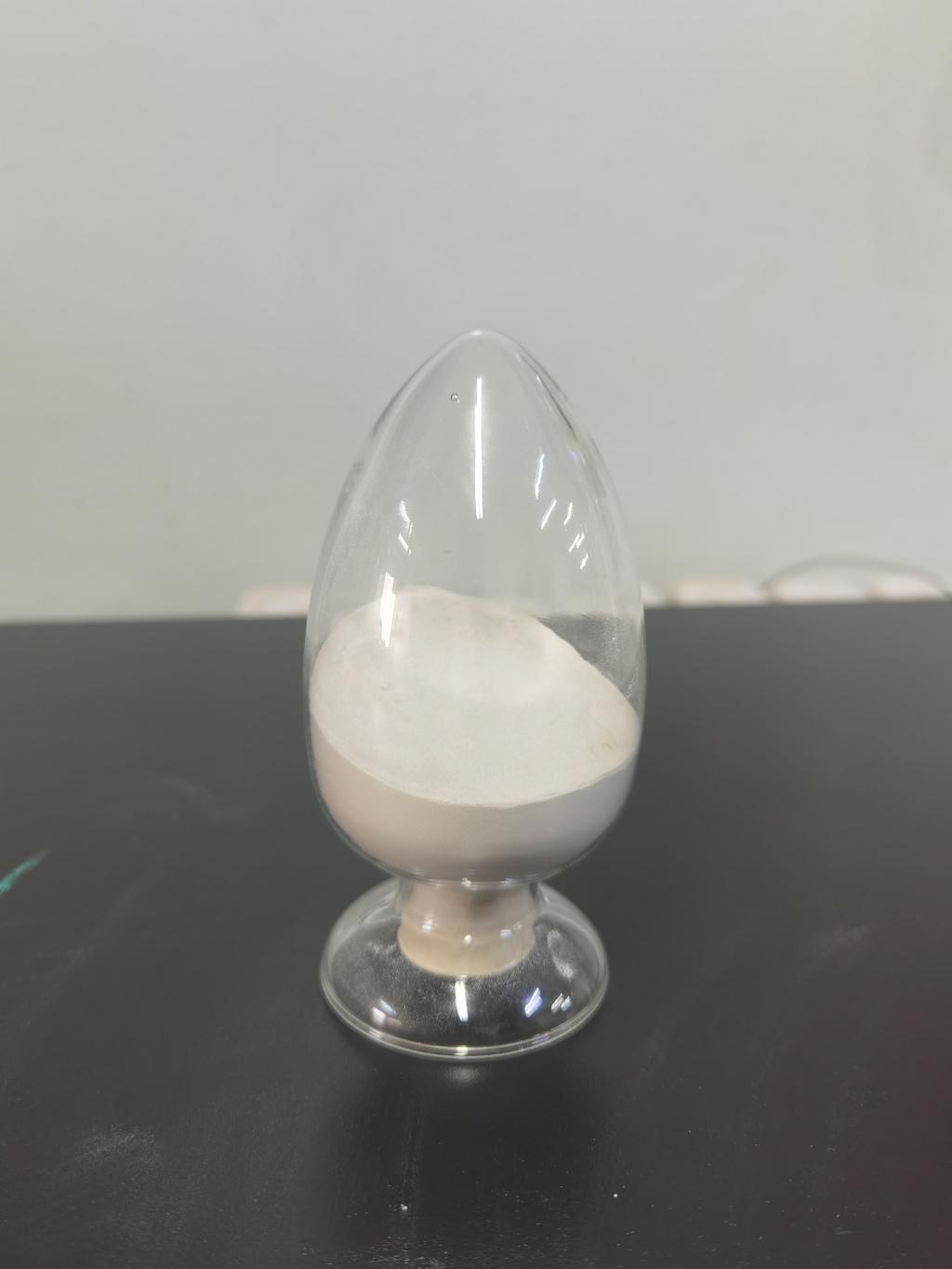Tel:+8618231198596

News
 CONTACT
CONTACT
 CONTACT
CONTACT
- Linkman:Linda Yao
- Tel: +8618231198596
- Email:linda.yao@dcpharma.cn
- Linkman:CHARLES.WANG
- Department:Overseas
- Tel: 0086 0311-85537378 0086 0311-85539701
News
Are there any considerations for incorporating Nisin into formulations with water activity levels?
TIME:2023-06-20
Introduction
Water activity is a crucial factor in determining the microbial stability and overall quality of food products. Nisin, with its antimicrobial properties, can play a significant role in controlling microbial growth and extending the shelf life of various food formulations. However, the efficacy of nisin can be influenced by the water activity levels present in the system. Therefore, understanding the relationship between nisin and water activity is essential when incorporating it into formulations.
Understanding Water Activity (aw)
Water activity refers to the availability of water for microbial growth in a food system. It is defined as the ratio of the vapor pressure of water in a product to the vapor pressure of pure water at the same temperature. Water activity levels range from 0 to 1, with higher values indicating higher water availability for microbial growth. Different food products have specific water activity requirements to maintain stability and prevent microbial spoilage.
Influence of Water Activity on Microbial Control
Water activity significantly impacts the efficacy of nisin as a microbial control agent. Nisin is most effective against microorganisms when the water activity is within a specific range. Generally, nisin exhibits stronger antimicrobial activity at lower water activity levels, as reduced water availability can impair microbial growth and metabolic activities. However, excessively low water activity levels may hinder nisin's solubility and diffusion, limiting its effectiveness.
Product Stability Considerations
Incorporating nisin into formulations with varying water activity levels can affect the stability of the product. High water activity levels can impact the physical and chemical stability of nisin, leading to reduced efficacy over time. It is essential to evaluate the compatibility of nisin with other formulation components and processing conditions to ensure its stability throughout the product's shelf life.
Synergistic Effects with Other Preservation Methods
In formulations with high water activity levels, it may be necessary to combine nisin with other preservation methods to achieve optimal microbial control. Synergistic effects can be achieved by combining nisin with techniques such as pH adjustment, temperature control, and the use of other natural preservatives. This combination approach can enhance the overall efficacy of the preservation system, even in high water activity environments.
Sensory Considerations
Water activity also influences the sensory attributes of food products. Incorporating nisin into formulations may have an impact on taste, texture, and overall organoleptic properties. High concentrations of nisin or low water activity levels can sometimes result in undesirable sensory changes. Careful optimization of nisin concentration and formulation parameters is necessary to maintain sensory quality while achieving microbial control.
Packaging and Storage Conditions
Packaging and storage conditions play a crucial role in maintaining the water activity levels of food products. Proper packaging materials and techniques can help preserve the product's water activity and extend its shelf life. Additionally, storage conditions, such as temperature and humidity control, should be considered to prevent moisture migration and changes in water activity, which can affect the efficacy of nisin.
Regulatory Considerations
Regulatory bodies have specific guidelines and limits for the use of nisin in different food products. It is important to comply with these regulations when incorporating nisin into formulations with varying water activity levels. The maximum allowable concentration of nisin and any labeling requirements should be adhered to ensure compliance with food safety regulations.
Future Directions and Challenges
Further research is necessary to understand the complex relationship between nisin, water activity, and the stability of food formulations. More studies are needed to optimize the formulation parameters, including nisin concentration, processing conditions, and packaging materials, to achieve the desired microbial control and product stability across different water activity levels.
Conclusion
Considering the water activity levels is crucial when incorporating nisin into formulations to ensure effective microbial control and product stability. Understanding the impact of water activity on nisin's efficacy, sensory attributes, and overall product quality is vital for successful implementation. By carefully optimizing formulation parameters and considering synergistic approaches, the incorporation of nisin can contribute to improved food safety and extended shelf life in various food products with varying water activity levels.
- Tel:+8618231198596
- Whatsapp:18231198596
- Chat With Skype







